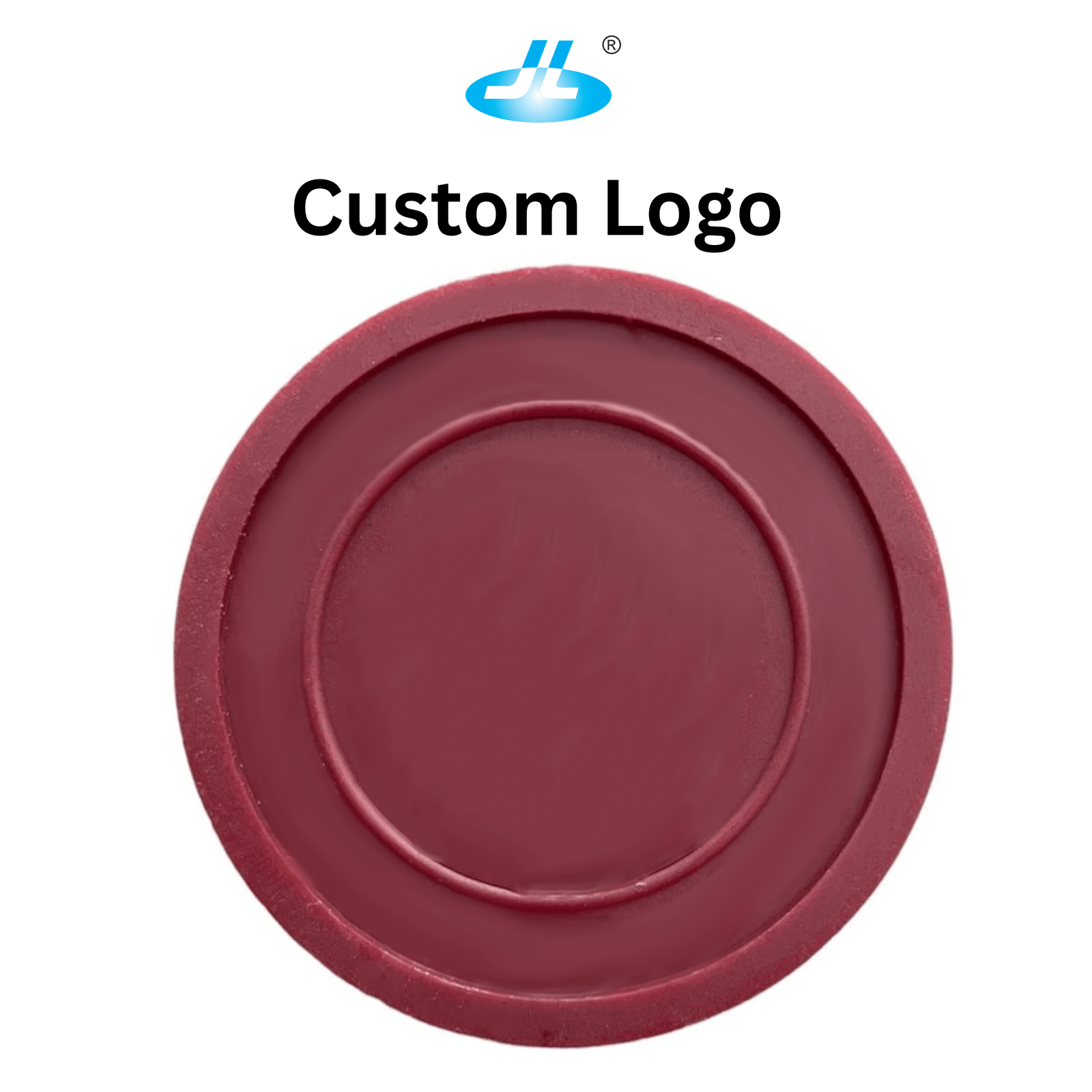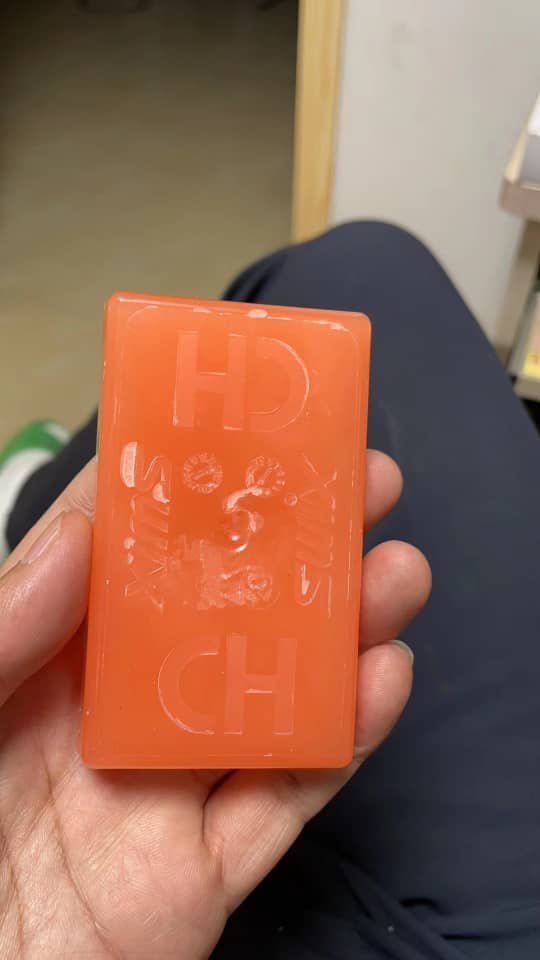ki waxes are an essential component of skiing equipment, and they play a crucial role in enhancing your skiing experience by improving glide and control. There are different types of ski waxes designed for specific conditions and skiing styles. Here are some key aspects of ski waxes:
- Types of Ski Waxes:
- Glide Wax: These waxes are applied to the base of your skis to reduce friction and increase glide. They are categorized into cold-weather waxes, warm-weather waxes, and all-temperature waxes, depending on the snow temperature and conditions.
- Kick Wax: Kick waxes, also known as grip waxes, are used on classic cross-country skis. They provide grip and traction on the snow, essential for the kick-and-glide technique.
- Climbing Skins: Climbing skins are used for backcountry and alpine touring skis. They are typically made of synthetic or natural materials and attach to the base of the ski to provide grip when ascending steep terrain.
- Choosing the Right Wax: Selecting the appropriate wax for your skiing conditions is crucial. This involves considering factors like snow temperature, humidity, and the type of skiing you’ll be doing. Wax selection can significantly affect your performance and overall enjoyment.
- Wax Application: Applying ski wax involves several steps:
- Base Preparation: Ensure your ski bases are clean and dry before waxing.
- Waxing Iron: Melt the wax onto the base using a waxing iron, then spread it evenly.
- Cooling and Scraping: Let the wax cool, then scrape off the excess with a plastic scraper.
- Brushing: Brush the base to remove any remaining wax particles and achieve a smooth finish.
- Maintenance: Regular maintenance of your ski bases is essential. This includes cleaning, waxing, and edge sharpening. The frequency of maintenance depends on factors like how often you ski and the snow conditions.
- Environmental Considerations: Be mindful of the environmental impact of ski waxes. Some waxes may contain chemicals harmful to the environment. Look for eco-friendly options or wax recycling programs to reduce your ecological footprint.
- Waxless Skis: Some skis come with waxless bases, which feature integrated patterns that provide grip without the need for kick wax. These are popular for recreational skiers who want a hassle-free experience.
- Waxing Tools: To properly apply ski wax, you’ll need tools like a waxing iron, scraper, brushes, and waxing profile guides.
Remember that ski waxing is a skill that can be honed over time, and it’s often best to start with basic waxes and techniques before delving into more advanced methods. Proper waxing can significantly enhance your skiing performance and make your time on the slopes more enjoyable.
To provide technical details about ski wax, it’s important to note that the composition and characteristics of ski wax can vary significantly based on the specific brand, type, and intended use. Ski waxes are typically designed to optimize performance in specific snow and temperature conditions. Here are some technical details related to ski wax:
- Chemical Composition:
- Ski waxes are typically composed of a base wax and various additives.
- Base waxes are made from hydrocarbon or fluorocarbon compounds, and the specific mixture can vary among manufacturers.
- Additives, such as fluorinated compounds, are often used to enhance the wax’s performance in terms of water and dirt repellency.
- Temperature and Snow Conditions:
- Ski waxes are formulated for specific temperature ranges. These ranges are often indicated on the packaging and help users select the appropriate wax for the conditions.
- Colder temperatures require harder, more durable waxes, while warmer temperatures benefit from softer waxes for better glide.
- Fluorinated Waxes:
- Some ski waxes contain fluorocarbon additives, which can significantly improve water and dirt repellency, leading to better glide and performance.
- Fluorinated waxes are known for their high performance but are often criticized for their environmental impact, as fluorocarbons are persistent chemicals.
- Application Temperature:
- The melting point of ski waxes is important for application. Waxing irons are used to heat the wax to its optimal temperature for application.
- The specific temperature varies depending on the type of wax, but it is typically in the range of 110°C to 160°C (230°F to 320°F).
- Ski Base Preparation:
- Proper ski base preparation is crucial before applying wax. This involves cleaning the base, repairing any damage, and creating a smooth surface.
- Durability and Longevity:
- The durability of ski wax can vary, with some waxes lasting longer than others. Racers often apply wax before each outing, while recreational skiers may wax less frequently.
- Wax Brands and Types:
- Numerous ski wax brands offer a range of products for different snow and temperature conditions. Some well-known brands include Swix, Toko, and Holmenkol, among others.
- Common types of ski wax include cold-weather wax, warm-weather wax, all-temperature wax, and high-performance racing waxes.
- Eco-Friendly Options:
- In response to environmental concerns, some companies produce eco-friendly ski waxes with reduced environmental impact. These may contain fewer or no fluorinated compounds and are designed to be more biodegradable.
















Reviews
There are no reviews yet.